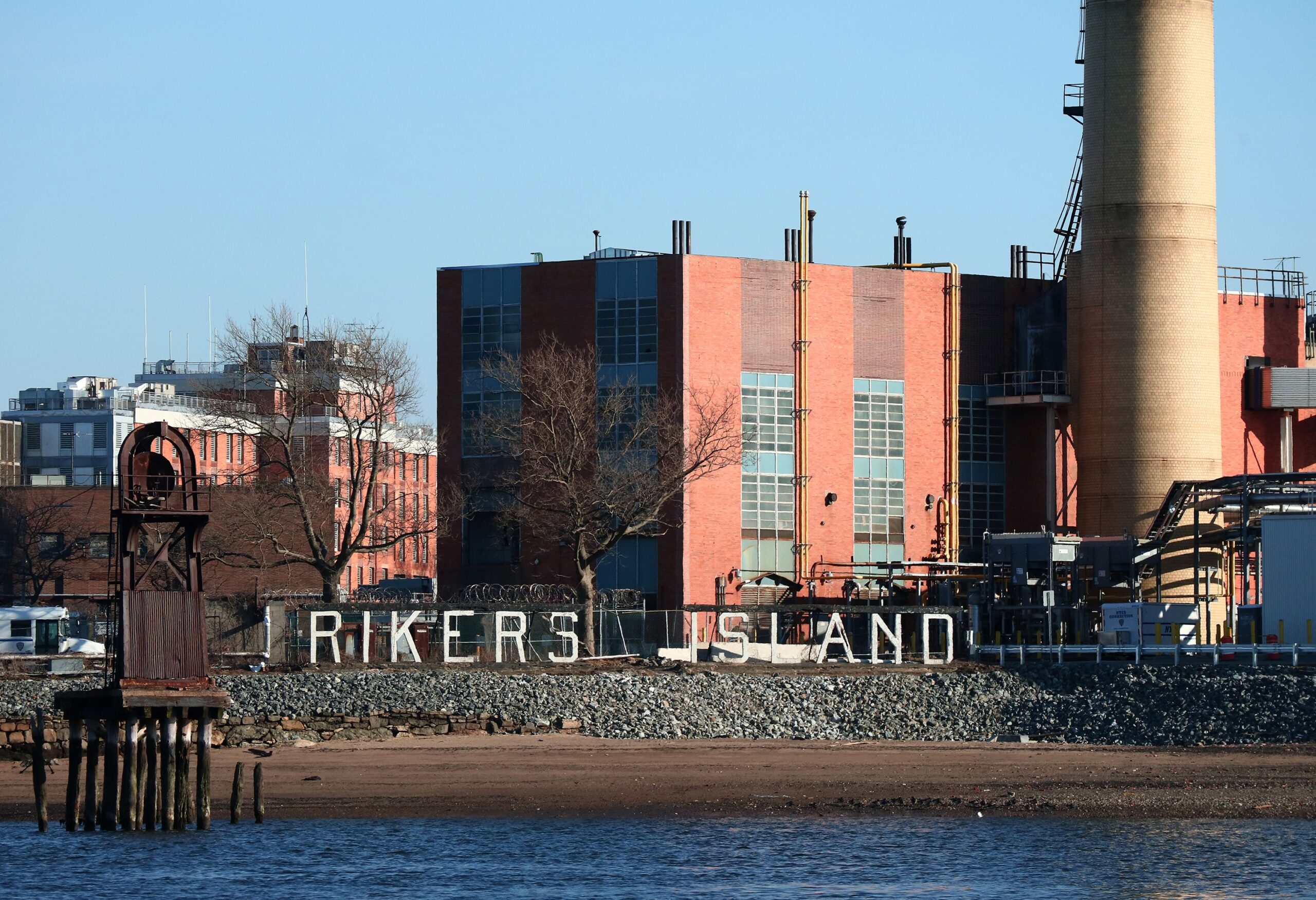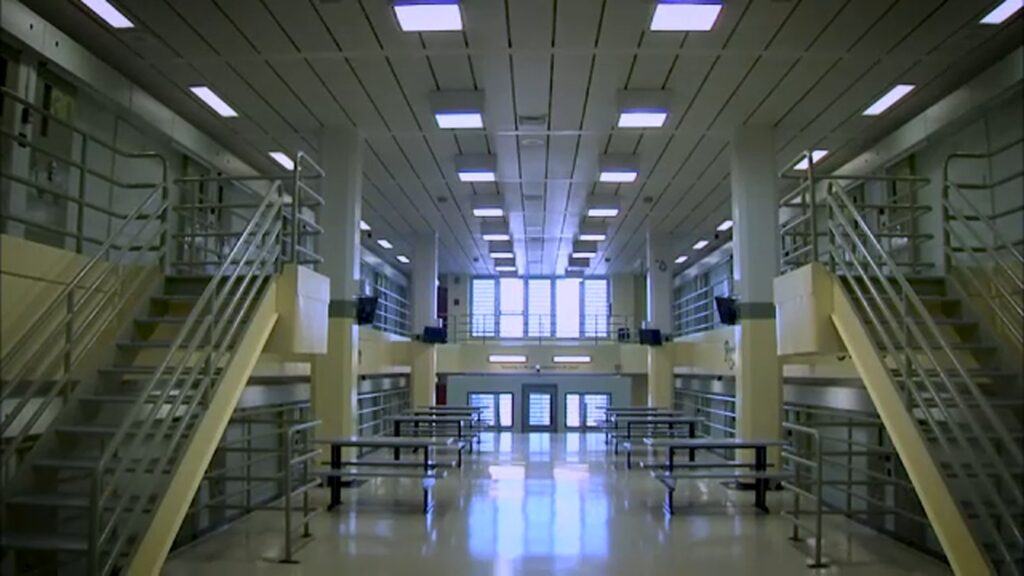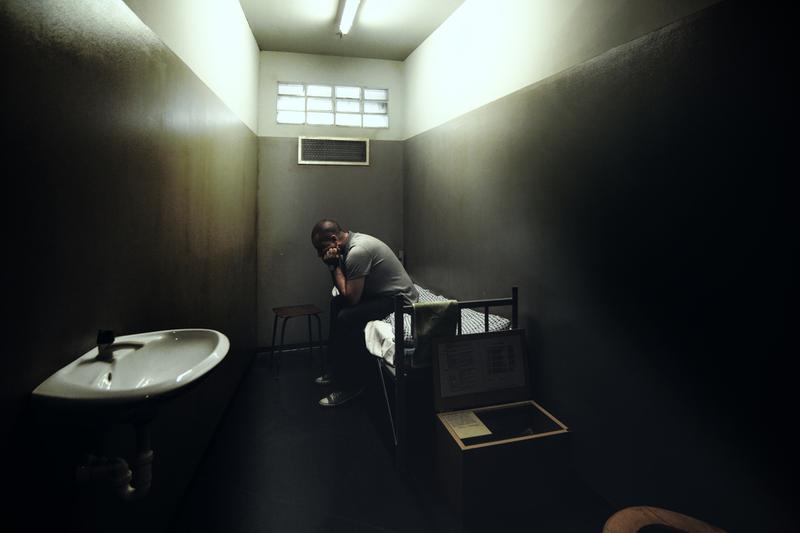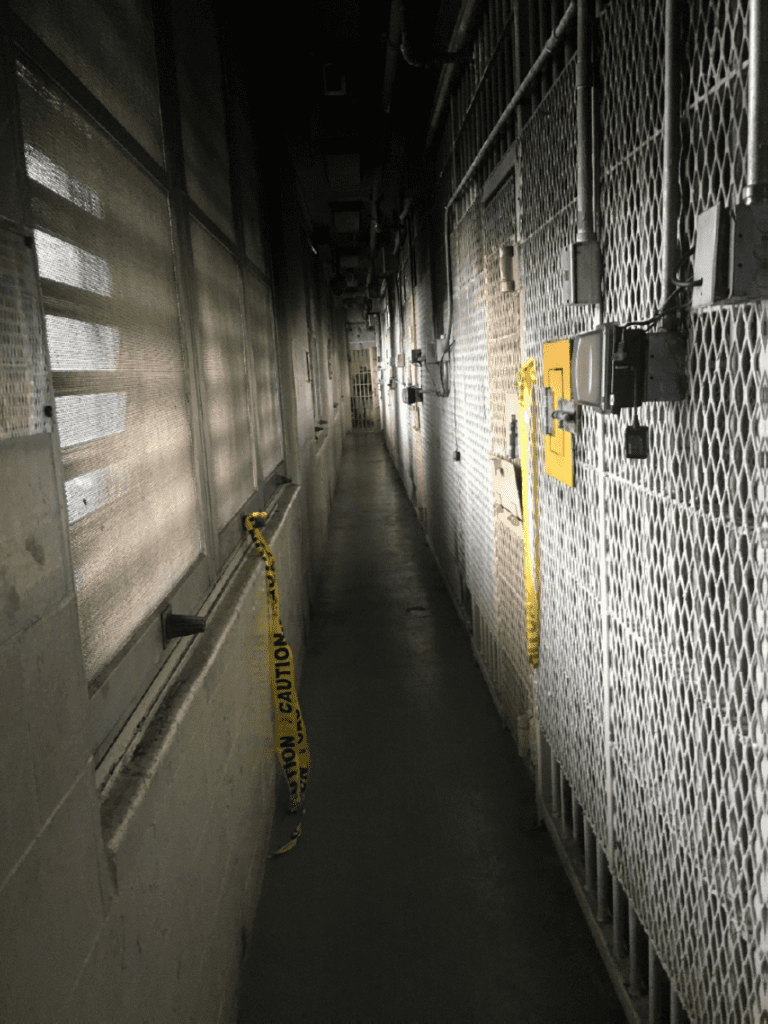
Estimated reading time: 9 minutes
There are no rich people on Rikers Island. It is a depot of the poor and desperate. This fortress-city houses some estimated 10,000 people, most of them held pretrial, still presumed legally innocent, on bonds they cannot post. This tomb of the living is in a city governed by a Democratic mayor, with an overwhelmingly Democratic council, that sits within a firmly Democratic state, overseen by Democratic politicians. Support for these inhumane institutions like Rikers can be found anywhere in the political spectrum of the U.S. state; on the center-left among the Democrats and on the right among the Republicans, there is bilateral approval for the dehumanizing concentration camps that we call prisons.
And what is Rikers Island? It is a prison; but not only a prison, it is the incarnation of everything evil and cruel about the prisons of the United States Empire. As its name says, it is an island, but this island is also the largest jail in New York City, and one of the largest jails in the world. It employs a small town of correctional officers that were once presumably human but who, through their work as wardens, as brutalizers and murderers of all that is good in humanity, have surrendered their connection to the human race. What is Rikers Island? It is 10,500 turnkey jailers, $860 million per year, and 10,000 inmates. Rikers Island is a factory. There, they produce human suffering. Being sent to Rikers is a promise of psychic mutilation, of physical danger, and of economic destruction.
What is it like inside this warehouse of misery? It is a nightmare. More than half of the inmates on Rikers have some documented mental health problem. No one receives treatment there, despite the fact that it “boasts” the largest psychiatric hospital in New York State. The inmates are routinely permitted to die in full view of the guards. Last year for instance, Michael Nieves, who had been held without trial since 2019, diagnosed with serious mental health problems, and had attempted suicide in the past, bled to death in front of two impassive, inhuman guards and a guard captain. His death was recorded as the third suicide on the island in 2022, but guards also brutalize prisoners to death. In 2022 alone, 19 inmates died at Rikers. 8 more have died so far this year. COVID routinely makes the rounds among guards and inmates, but Rikers Island is still open and still hosting legally innocent prisoners — and killing them.

At any given time, fully 1,000 prisoners may be in what they call Punitive Segregation on the island. Some of those cells are dedicated for teenagers, others for those with recognized mental illness. In the words of prisoner Donovan Drayton, detained from 2007 until 2017:
The box is like the jail inside the jail. It’s like being locked away, locked up and the key thrown away. It’s like you in a little-ass cell for twenty-three hours a day, if you make rec for that one hour and it’s for x amount of days. See, back then when I was going to the box, they used to be able to give you a year, a hundred days, four hundred… I cried.

A grievance officer, Kathy Morse, said “We had to go to them. And it was a dungeon. I thought the noise in the housing unit was surreal, but the noise in solitary was unbelievable. You had people banging on their walls, just screaming. It was so bad. It wasn’t even like it was a human being who was screaming. It was more like an animal who was hurt, screaming for help.”
In 2021, the state of New York took steps to end the most abusive of the prison’s practices: continuous solitary confinement. The Humane Alternatives to Solitary Confinement (HALT) Act — and we must admire the brazen-faced bullshit with which the legislature pretended to solve the problem — prohibits solitary confinement in excess of 17 hours per day or for periods of longer than three consecutive days.
Rikers ignored it. A study conducted by the Correctional Association of New York found that people are still placed in solitary confinement for up to six times the legal period in many cases.
This living hell – for those who are not yet legally guilty — this live burial of the poor and the nationally oppressed is merely the most visible manifestation of the evils of the system under which we live. 55% of the inmates in Rikers are Black, while just 25% of the population of New York City is black. Rikers is not only a prison for the poor; it is a prison for Black residents of New York. Why would this surprise us? Black people are jailed at a rate of 11 times that of whites in New York City. If anything, we should be surprised that the number of Black inmates at Rikers isn’t higher.

The median Black household income in New York City is $53,000. The median white household income is nearly $94,000. That means Black workers earn, on average, 57 cents to every dollar white workers in New York City earn. Rikers Island is part of the system responsible for this glaring inequity. Without the horrors of Rikers, the poverty of the Black residents of New York couldn’t continue.
This system didn’t spring out of the ground fully formed; it evolved over the last two-hundred years. The emancipation of Black chattel slaves after the Civil War threatened the wages of Euro-American workers. A huge influx of “free” labor entered the markets of the industrialized north. The prison-industrial complex helps to turn back the clock.
How?
If you’re afraid that you might go to jail because people who look like you are imprisoned at a rate of 11 times that of others, you’re less likely to fight for better wages.
If you’re held in Rikers Island or one of the five other jails in New York City, you won’t be able to work. When you get out, you’ll be desperate enough to accept low wages. While you’re held, you’ll lose your apartment, any government assistance you might have, whatever job you were working.
When you’re on probation, you have to hold down a job, even if it doesn’t pay enough.
People in New York City with convictions make, on average, $5,000 a year less than those without. If it’s a felony conviction, that jumps to $7,000 less. The mass incarceration of Black people economically safeguards better jobs for white Americans.
In 2019, the city council of New York enacted legislation requiring the closure of Rikers Island by 2026. To have the annihilation of Black Americans and the working poor made so public and laid so bare had become inconvenient. Better to do things like this quietly, in local county jails and lockups. The plan was to spread this torture out among four new jails that would be built for the purpose of shutting down the Rikers prison camp.
Eric Adams, the police-chief mayor of New York City, a nominal Democrat, has repeatedly said he has no intention of reducing the population of Rikers Island, a necessary prerequisite to closing it. Will it be closed? The city government remains ambivalent. The only update has been to push out the closure date, a sure sign that there is a lack of commitment to the plan.
In fact, real reform of the prison system is impossible without basic reform of the U.S. economy. Democrats typically profess to represent marginalized communities, but they are beholden to the same economic and social interests as the Republicans. Perhaps that’s why their solution to Rikers Island is to do nothing. Democrats have passed some of the worst, anti-prisoner, pro-carceral legislation this country has seen in the past century, like Clinton’s Violent Crime Control and Law Enforcement Act of 1994. A steady drumbeat of Democrats denouncing the radical demand for prison and police abolition, of actively increasing the funding of the police and the prisons — such as Biden’s plan to put 100,000 new police on the streets, or the allocation of COVID relief money to prisons and police stations, the Biden administration’s plan to steal money earned by federal prisoners under the so-called “Inmate Financial Responsibility Program,” or the new border prisons operated by the Biden regime to incarcerate the desperate, poor, and dispossessed — makes them just as complicit as any frothing white-hooded Republican.
Republicans proudly claim that they represent business interests and oligarchs, but Democrats claim allegiance to the working people while sliding in the knife — a knife, in New York, that is shaped like the prison on Rikers Island.
